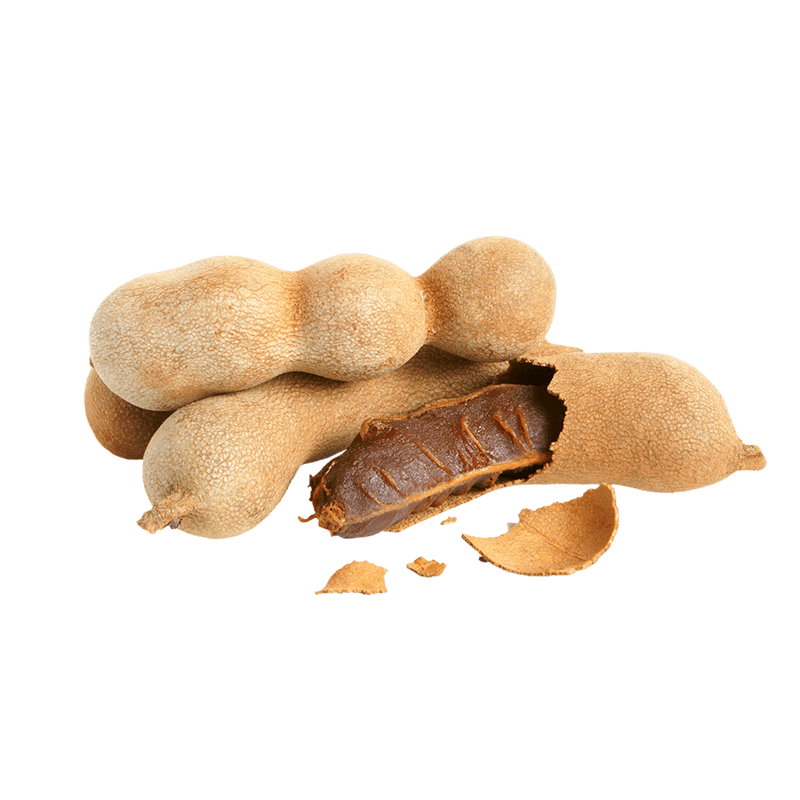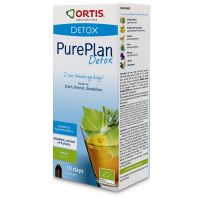
Tamarind
Latin name
Origin
Used part
Active components
Fruit acids (tartaric acid, malic acid): these compounds have an osmotic effect on the intestines and so make the stools softer.
Flavonoids: powerful antioxidants.
Fibre (pectin): this contributes to intestinal transit by acting as a binding agent.
Usage
Bibliographical references
- Laxative effect of leaf tamarind juice (Tamarindus indica linn.) onwhite rats induced with gambier
Dian Sundari, M. Wien Winarno
Health Science Journals Indonesia Vol. 20 No. 3 September2010
Health Science Journals Indonesia:http://indonesia.digitaljournals.org/index.php/MEPDPK/article/view/74
- Tamarindus indica L. (Fabaceae): patterns of use intraditional African medicine.
Havinga RM, Hartl A, Putscher J, Prehsler S, Buchmann C, VoglCR.
J Ethnopharmacol. 2010 Feb 17;127(3):573-88.
PubMed: http://www.ncbi.nlm.nih.gov/pubmed/19963055
- Soursop, Tamarind and Chironka. In Tropical andSubtropical Fruits.
Bueso, C.E.
Nagy, S. and Shaw, P.E., (Eds.), AVI Publishing, Westport,Conn., 375 (1980).
The health claims that feature on our website in relation to the plants contained in our products are compliant with the list of health claims awaiting final assessment by the Community authorities (cf. website of the European Commission: http://ec.europa.eu/nuhclaims/). However, they may be subject to modification following their assessment by the national competent authorities.
The health claims relating to other nutrients or substances contained in our products that feature on our site are compliant with Regulation No. 432/2012 of the Commission of 16 May 2012 which establishes a list of authorised health claims authorised in relation to food products, other than those in reference to the reduction of the risk of disease as well as community-based development and child health (cf. website of the European Commission: http://ec.europa.eu/nuhclaims/).

 Belgique
Belgique  België
België  France
France  Italia
Italia  Portugal
Portugal  España
España  United Kingdom
United Kingdom  Κύπρος
Κύπρος 



